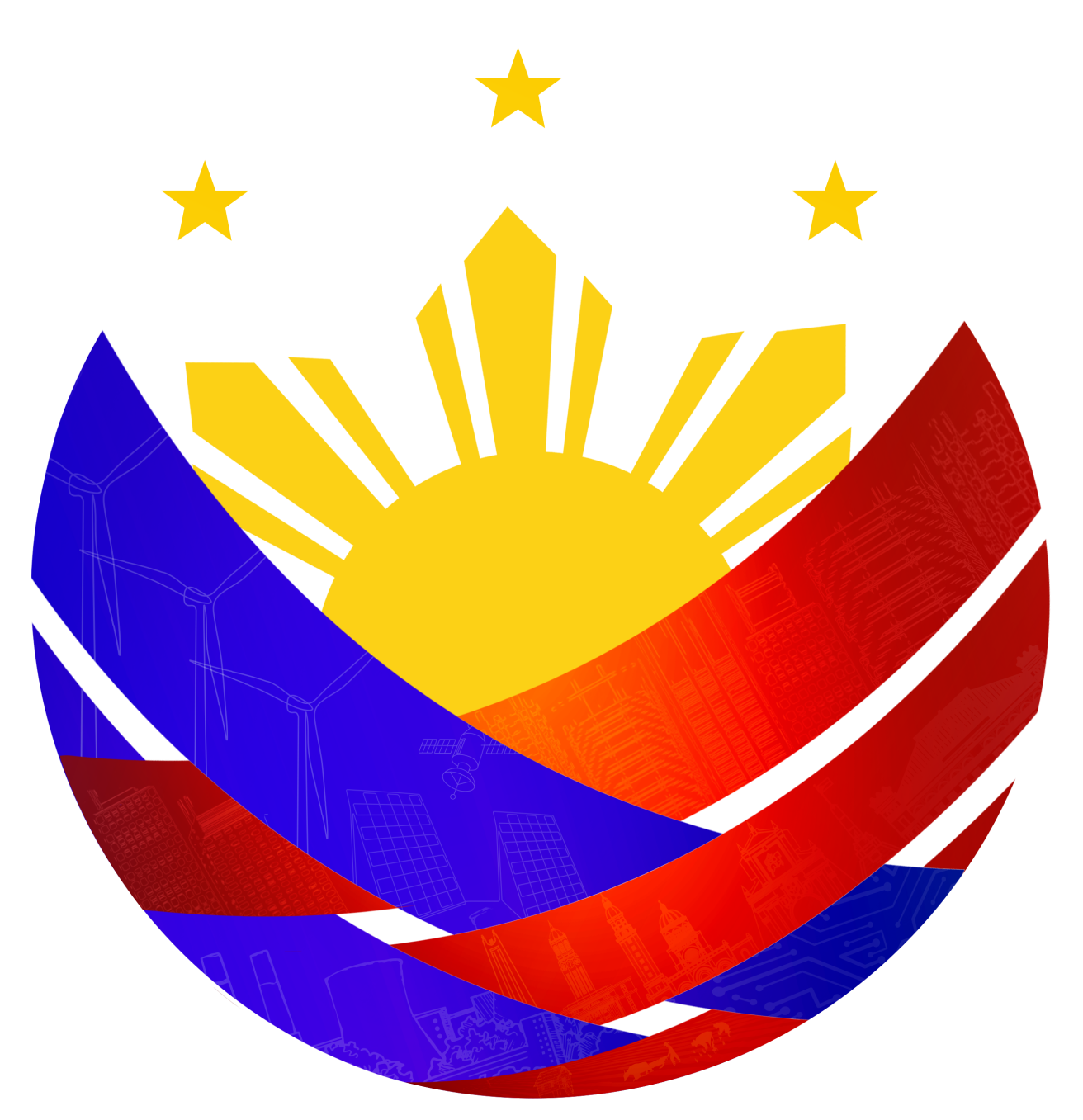
Province of Abra
Abra is a province located in the Cordillera Administrative Region (CAR) in the northern part of Luzon, Philippines. The province covers roughly 4,199.72 square kilometers and is composed of 27 municipalities and 303 barangays, with Bangued serving as the capital town. Abra is also recognized for its vibrant cultural heritage, festival celebrations, and preservation of indigenous traditions.
History
Long before Spanish colonization, Abra was inhabited by the Tingguian people, an indigenous group known for their vibrant culture, weaving traditions, and bamboo craftsmanship. Spanish missionaries arrived in 1598, introducing Christianity and establishing missions in the area. In 1863, Abra was officially declared a province under Spanish rule, but during the American period in 1908, it was merged with Ilocos Sur for administrative purposes. After nearly a decade, Abra regained its provincial status in 1917. During World War II, Abra became a refuge and stronghold for Filipino guerrilla fighters resisting Japanese occupation. After the war, the province focused on agricultural recovery while preserving its cultural heritage. Today, Abra stands as a symbol of resilience and tradition, celebrated for its unique blend of indigenous and colonial influences, its natural attractions, and its strong sense of cultural identity within the Cordillera Administrative Region.